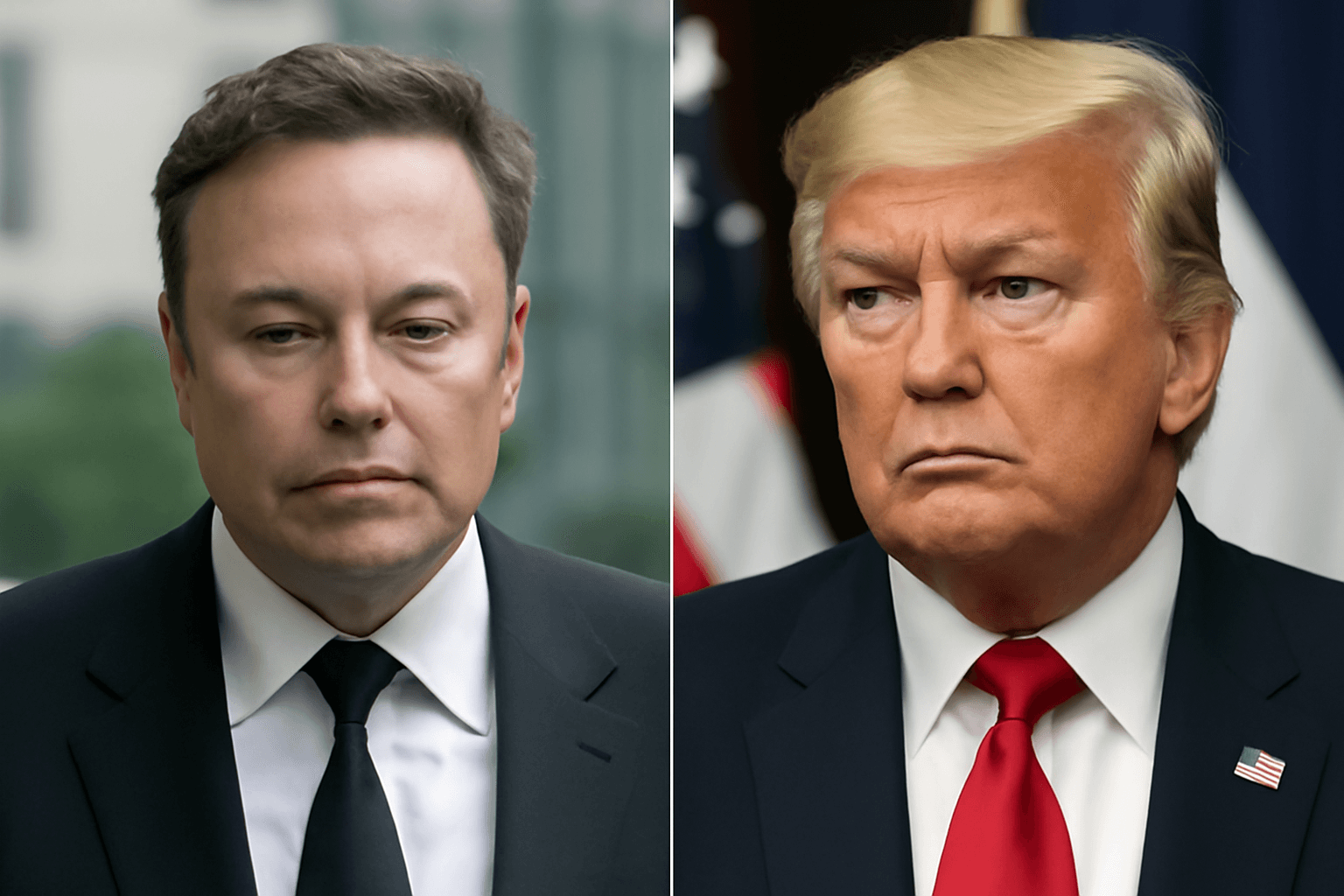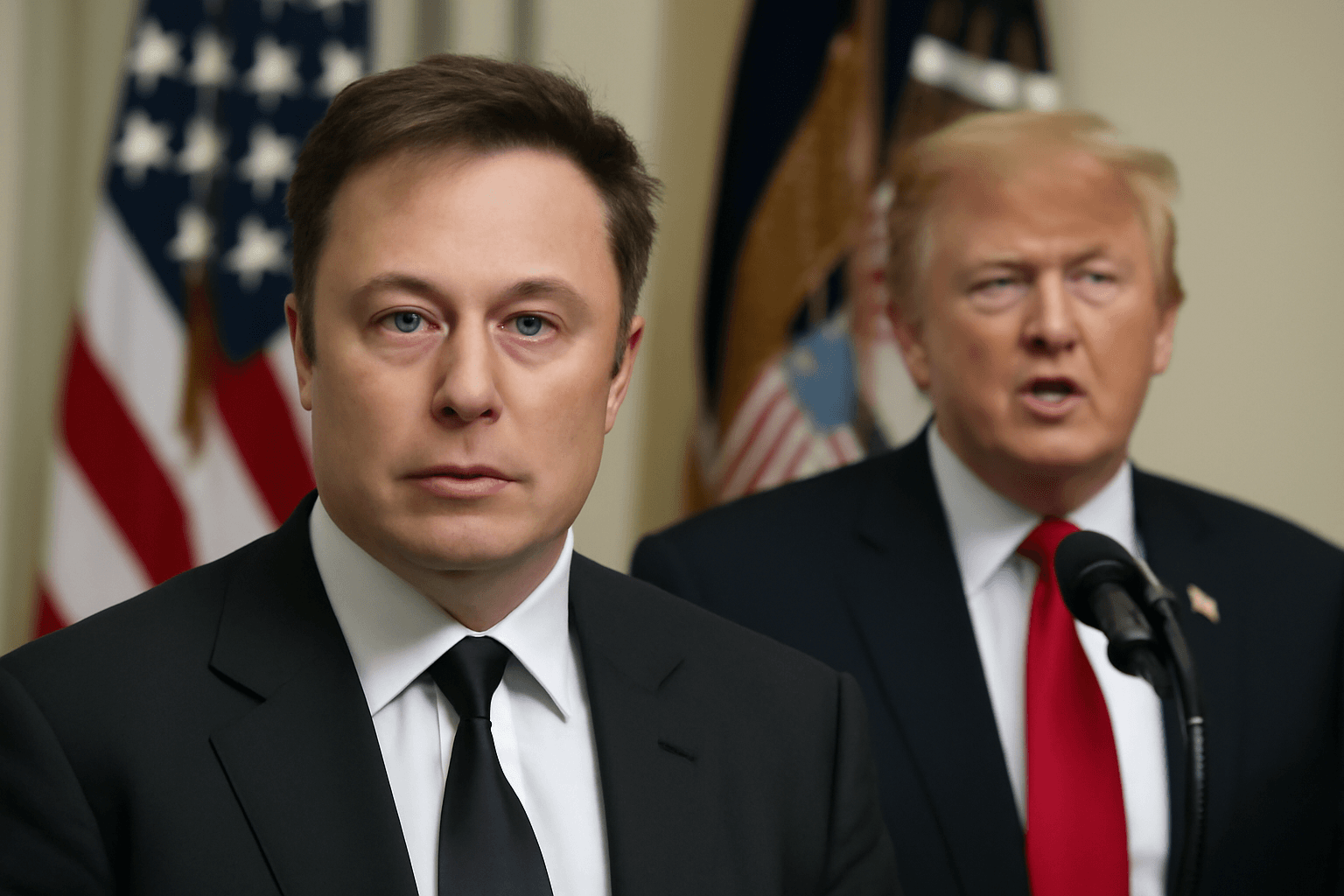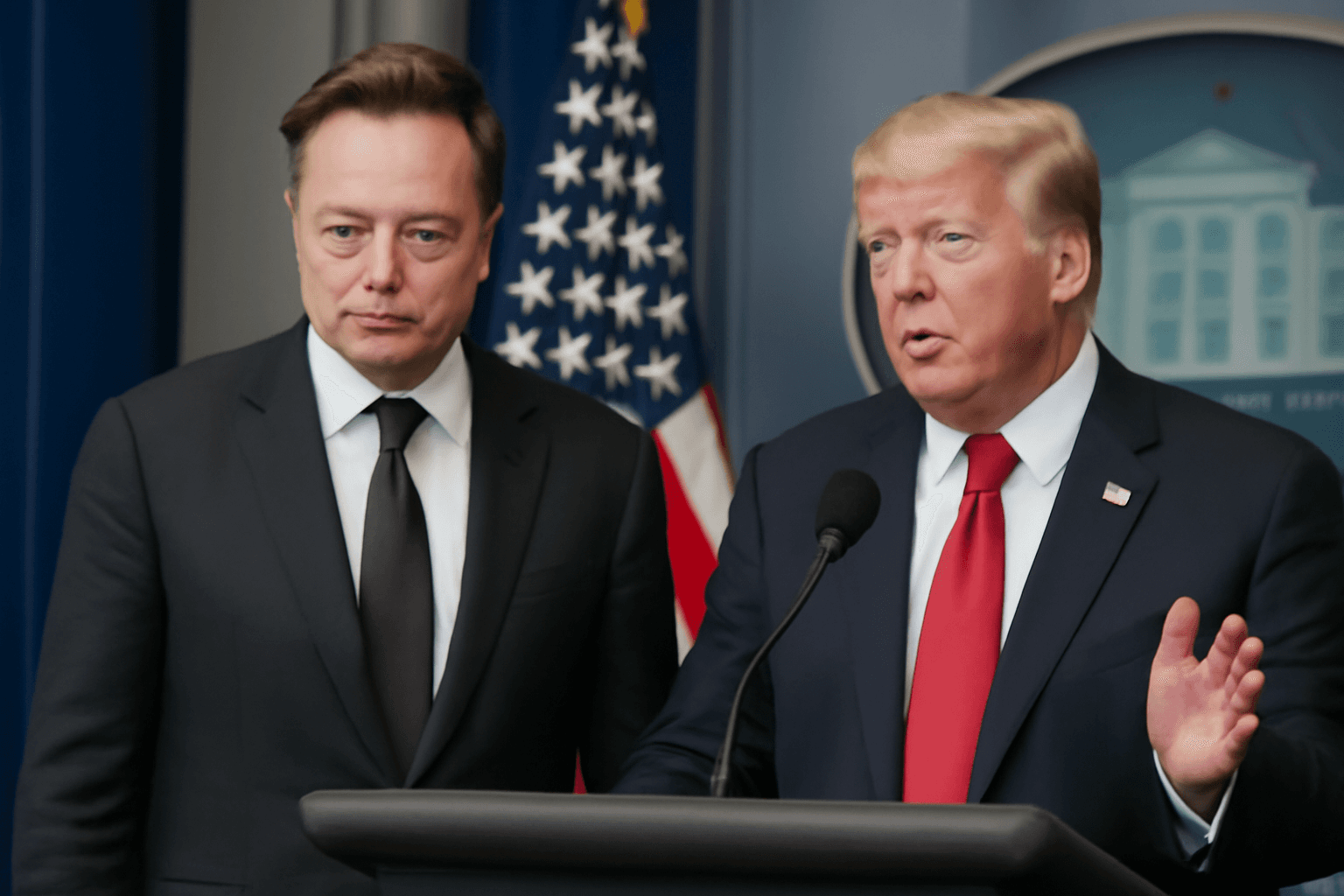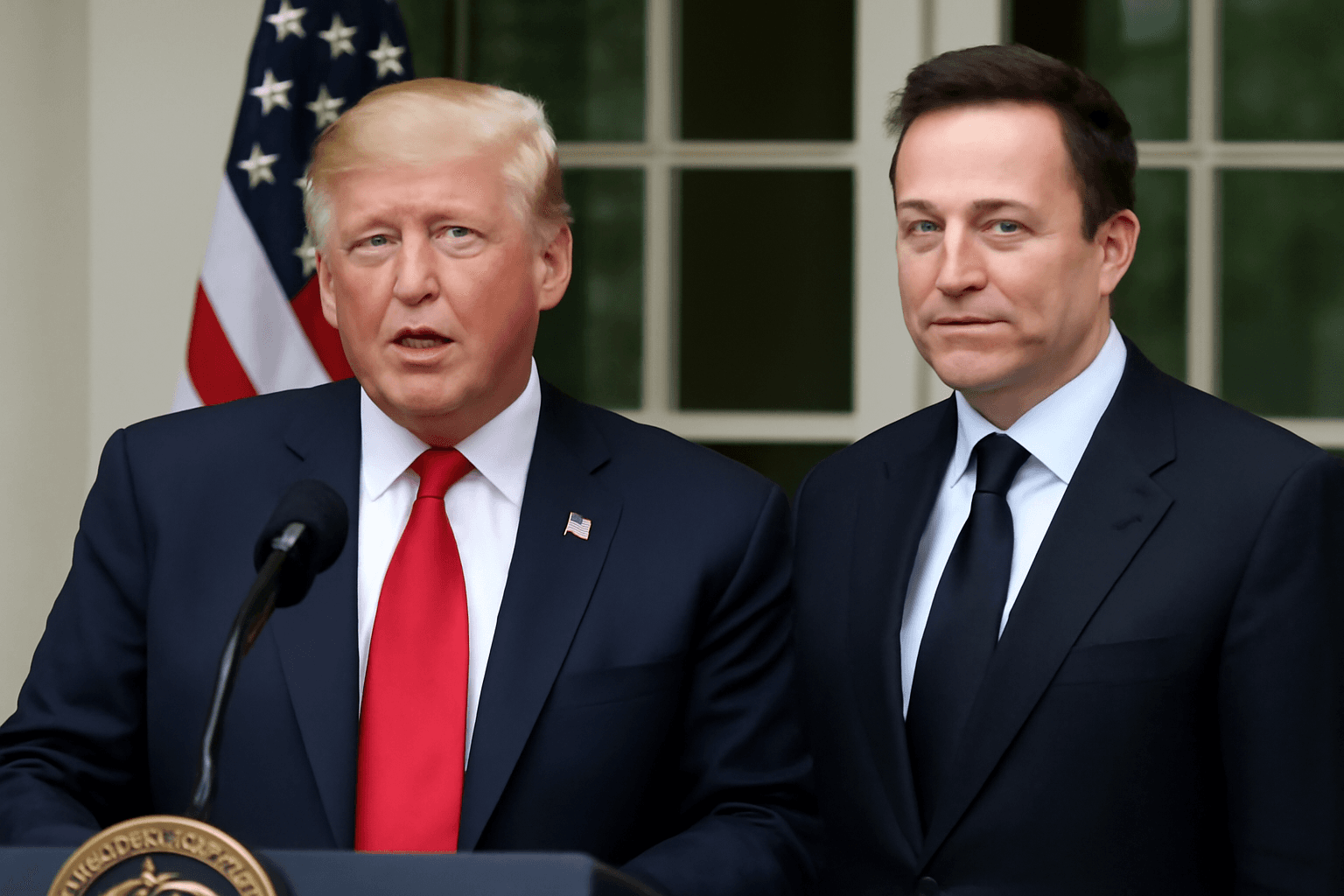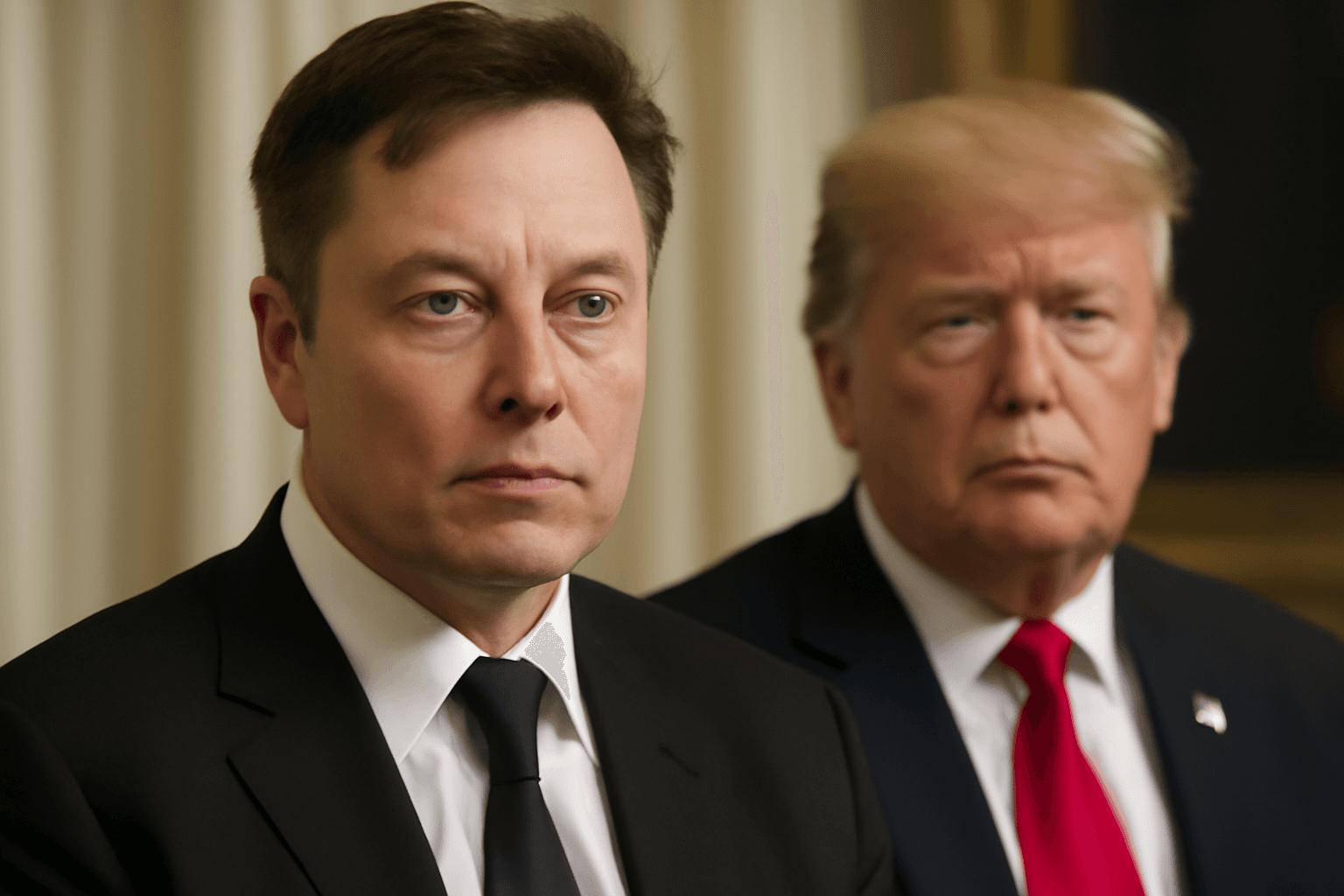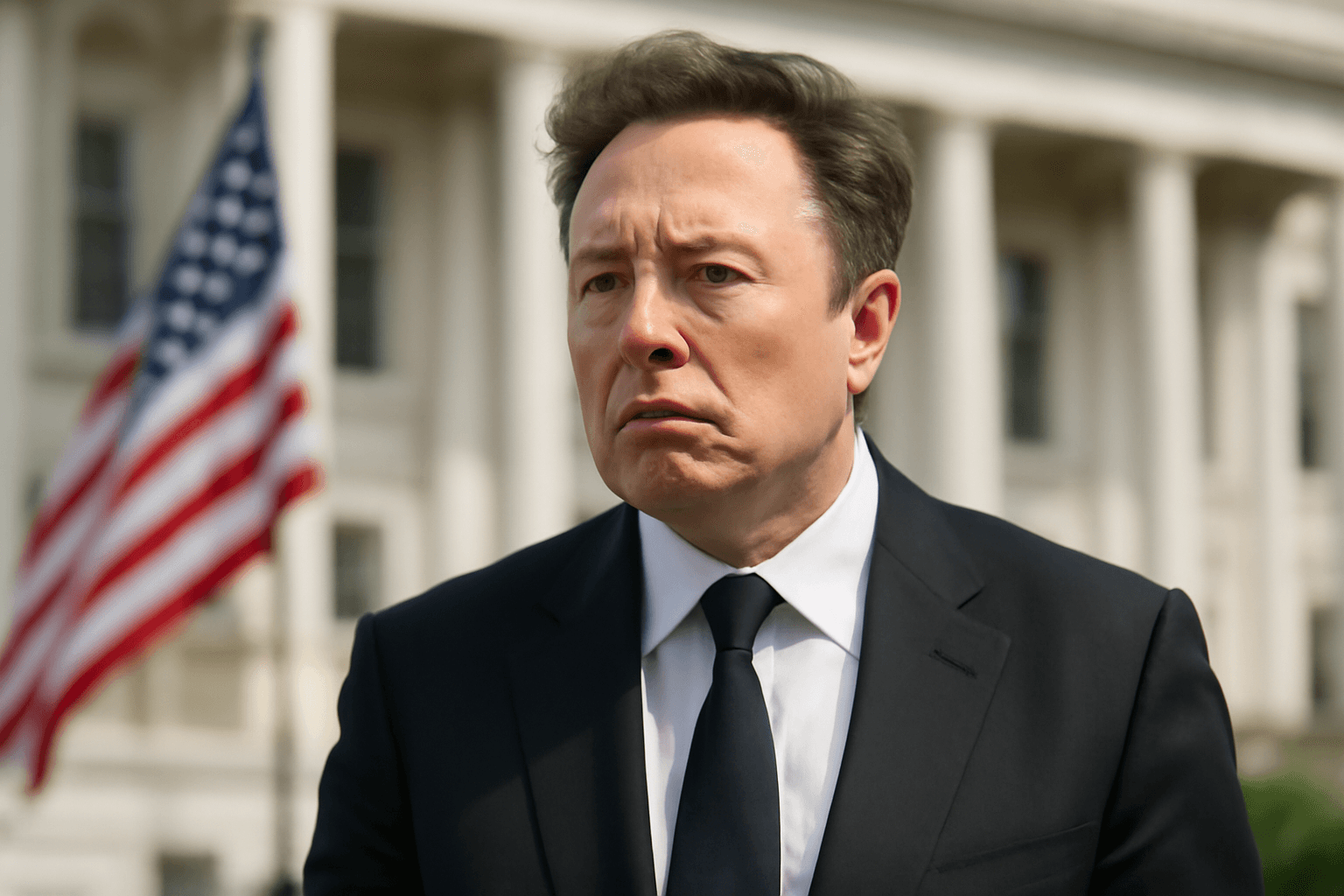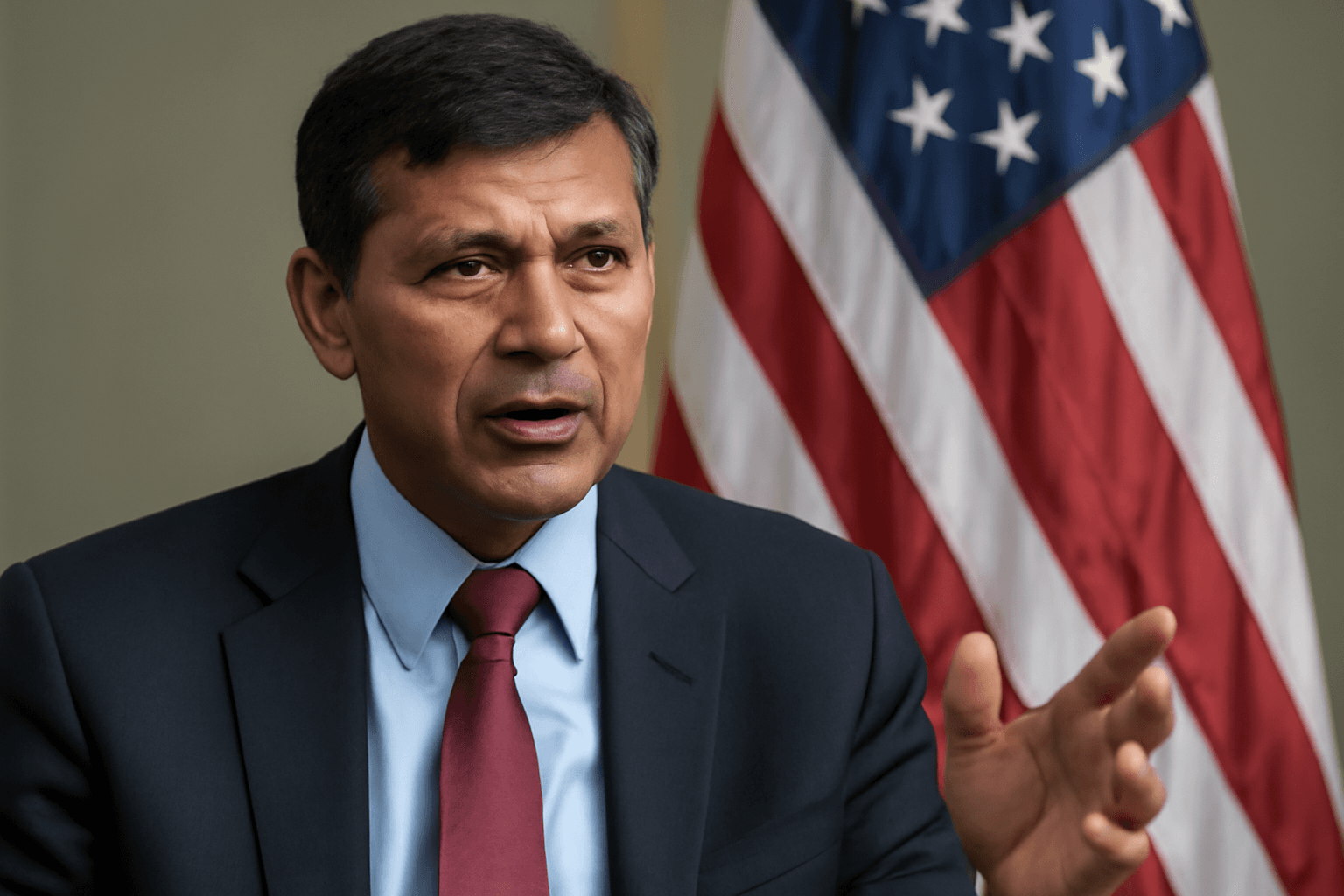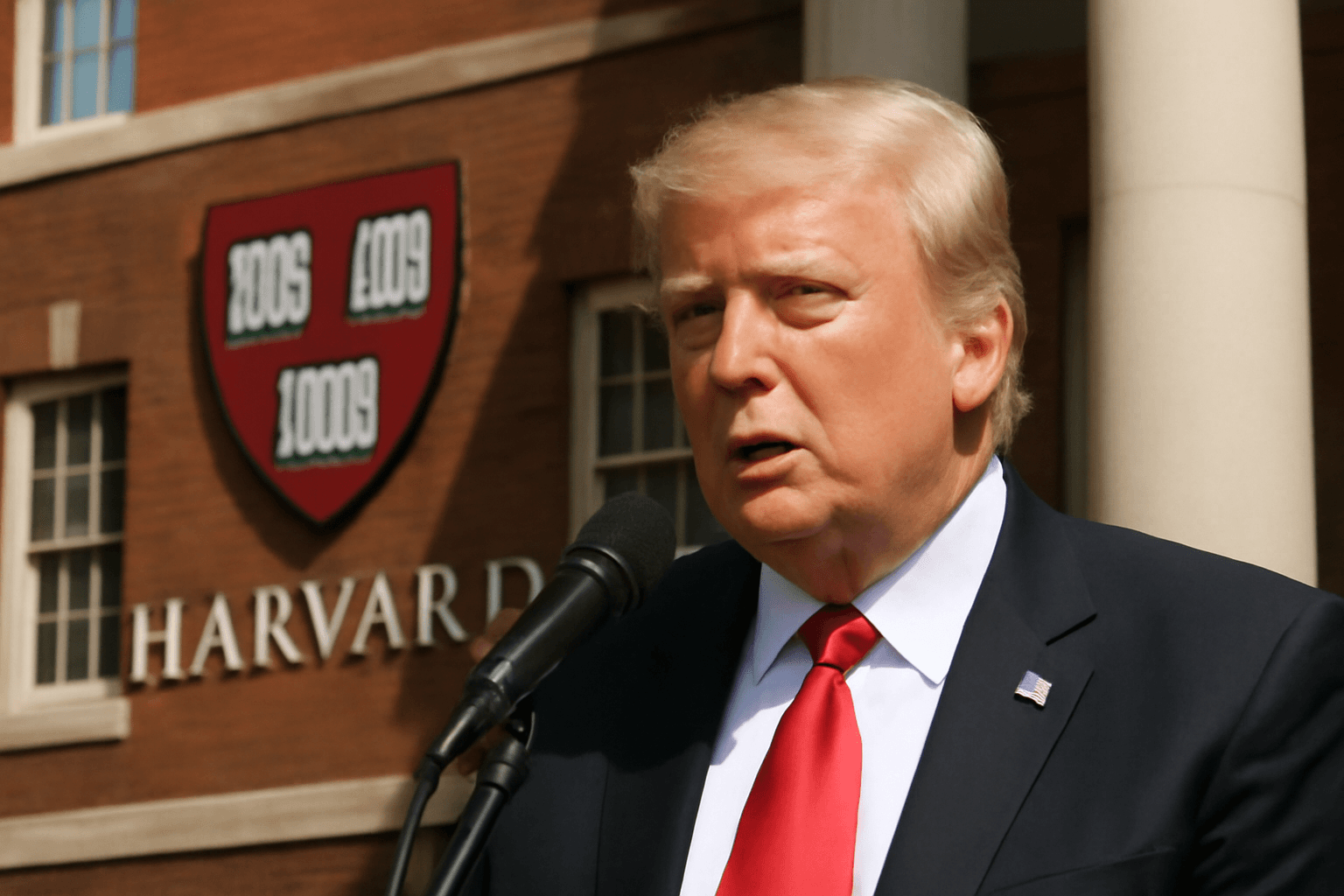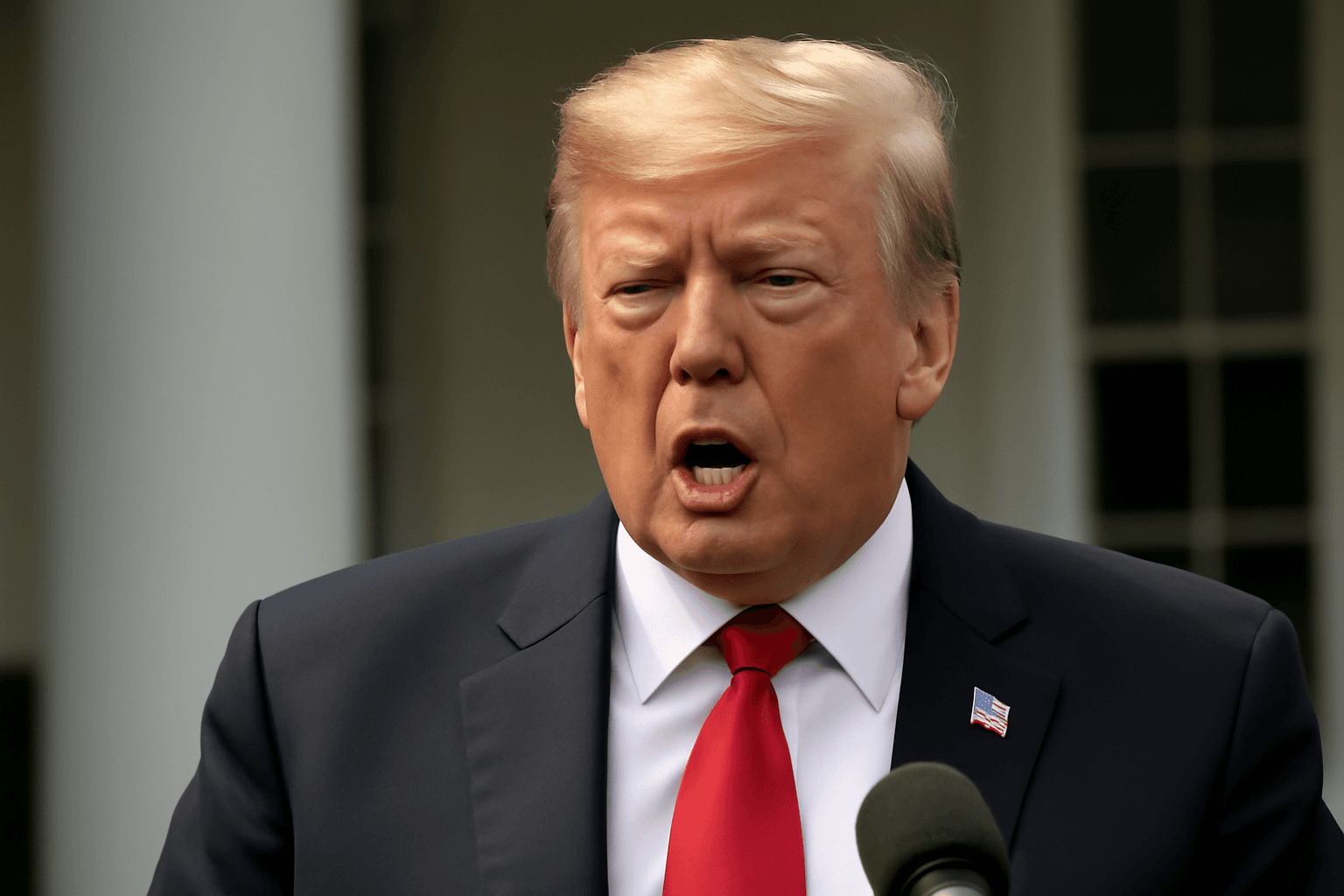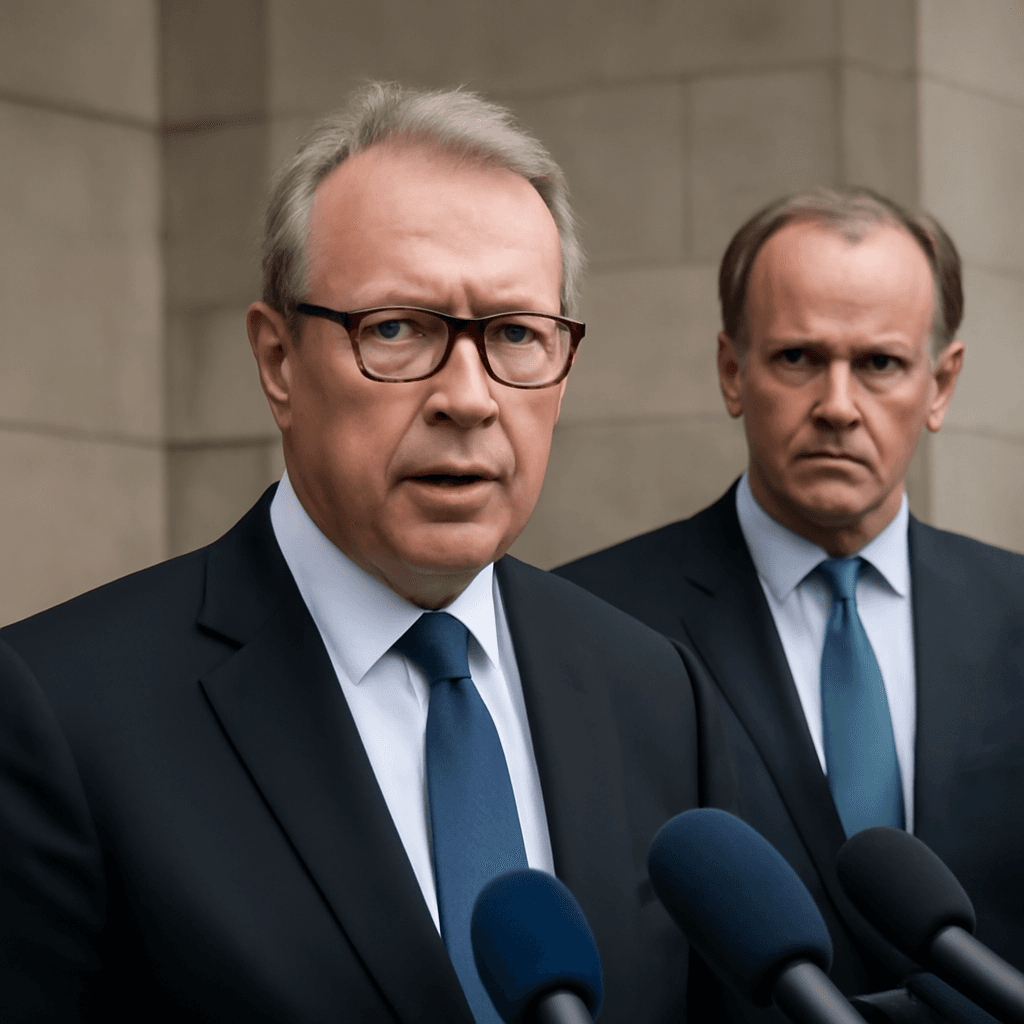Halfway Through Trump’s Second Term: A Bold and Controversial Record
As President Donald Trump crosses the six-month milestone of his second term in office, the American political landscape shows signs of profound change. From sweeping economic reforms and stringent immigration policies to new international agreements and social directives, the administration heralds a period of revitalization and reform — but not without debate and divergent perspectives. Here’s a detailed look at the claims and realities shaping the Trump administration’s agenda.
Economic Landscape: Historic Tax Cuts and Job Market Shifts
One of the signature achievements touted by the White House is the passage of the "One Big Beautiful Bill," the largest tax cut package in U.S. history. This bill has reportedly boosted take-home pay by up to $13,300 for some taxpayers while revoking benefits for over 1.4 million undocumented immigrants. In tandem, an economic package aims to save taxpayers nearly $9 billion by curbing funding directed toward select foreign aid programs and publicly funded media outlets such as NPR and PBS.
Since January 2025, the economy has added approximately 671,000 jobs, predominantly to native-born Americans, while employment among foreign-born workers has seen a decline. Notably, blue-collar wages have experienced their fastest growth in nearly six decades, signaling a renewed focus on working-class prosperity.
These employment trends coincide with a surge in investment pledges amounting to a staggering $7.6 trillion from both domestic companies and foreign governments. Inflationary pressures remain tame, with core inflation steady at 2.1%, mirroring figures from Trump’s first term. Consumers are benefiting from significant price drops in essentials — wholesale egg prices have dropped by more than 50%, and real-term gasoline prices are at their lowest in nearly 20 years.
The administration has underscored an "energy emergency" declaration, with oil and gas drilling permits now 44% higher than under the previous government. Regulatory rollbacks have reportedly saved consumers over $180 billion, with further savings expected from relaxed automobile regulations.
Immigration and Border Security: Stricter Enforcement and Policy Overhauls
The Trump administration has maintained a hardline approach on immigration. In June, illegal border crossings plunged to a record low of just 6,070—an unprecedented figure reflecting increased enforcement measures. Unlike the previous year’s June, when over 27,000 migrants were paroled into the U.S., none were released that month under the current administration. Monthly deportation flights have intensified, setting historic records.
Efforts such as the self-deportation campaign and targeted operations against criminal elements have seen over 600 suspected terrorists removed and more than 100,000 undocumented criminals arrested, including those affiliated with violent gangs like Tren de Aragua. Additionally, a February executive order prohibits undocumented immigrants from accessing taxpayer-funded benefits, purportedly protecting over $40 billion in public resources.
Foreign Policy: Diplomatic Engagements and Trade Breakthroughs
President Trump’s diplomatic calendar has been remarkably active, engaging with 23 world leaders in six months. His multiple meetings with Israeli Prime Minister Benjamin Netanyahu and NATO Secretary General underscore a focused commitment to international defense alliances. Notably, NATO members agreed to increase defense spending to 5% of GDP—a milestone many previously deemed unattainable.
In support of Ukraine, the U.S. signed a major military aid package, with NATO covering the expenses. On trade, new agreements have been struck with key global players including the United Kingdom, China, Indonesia, and Ukraine. Among these deals is a landmark $14 billion "Golden Share" sale of U.S. Steel and a mineral resources agreement. The administration’s imposition of tariffs has raised $90 billion this year, contributing to a record $27.2 billion trade surplus in June alone—the country’s first June surplus since 2005.
Social Policy and Cultural Initiatives: A Conservative Shift
The president has been prolific in issuing over 170 executive orders, many targeting culturally sensitive areas. These include bans on gender-affirming care for minors, exclusion of transgender women from women’s sports, elimination of federal diversity, equity, and inclusion (DEI) programs, and measures to counter perceived federal censorship and school indoctrination.
As a result, several prominent hospitals have ceased gender-related procedures for children, and numerous academic institutions, including major universities, have barred biological males from participating in female sports competitions.
In an effort branded "Make America Healthy Again," approximately 35% of the U.S. food industry, featuring giants like Hershey, has committed to removing artificial dyes from their products, aiming to improve food quality and public health.
Expert Analysis: What Lies Ahead?
While the administration points to substantial successes, experts urge a cautious and nuanced view. The focus on native-born employment growth raises questions about broader labor market inclusivity and the economy’s reliance on immigrant labor. The drastic cuts to foreign aid and media funding could have far-reaching diplomatic and democratic implications. Similarly, social policy shifts, particularly around LGBTQ+ rights and education, are areas of fierce public debate with social cohesion at stake.
On the international stage, increases in defense spending and trade agreements may bolster U.S. geopolitical standing but also risk escalating tensions with adversaries. Furthermore, the long-term economic impact of aggressive deregulation and tariff strategies remains to be fully evaluated.
Editor’s Note
President Trump’s second term at six months paints a picture of vigorous action and unwavering ideological pursuits. For readers, the key questions revolve around the sustainability and equity of these changes. Will economic benefits extend across all Americas? How will tightened immigration policies balance security with humanitarian concerns? And can social policy reforms reconcile national cohesion with growing cultural diversity? As policies evolve, staying informed and critically engaged will be crucial to understanding America’s path forward.



